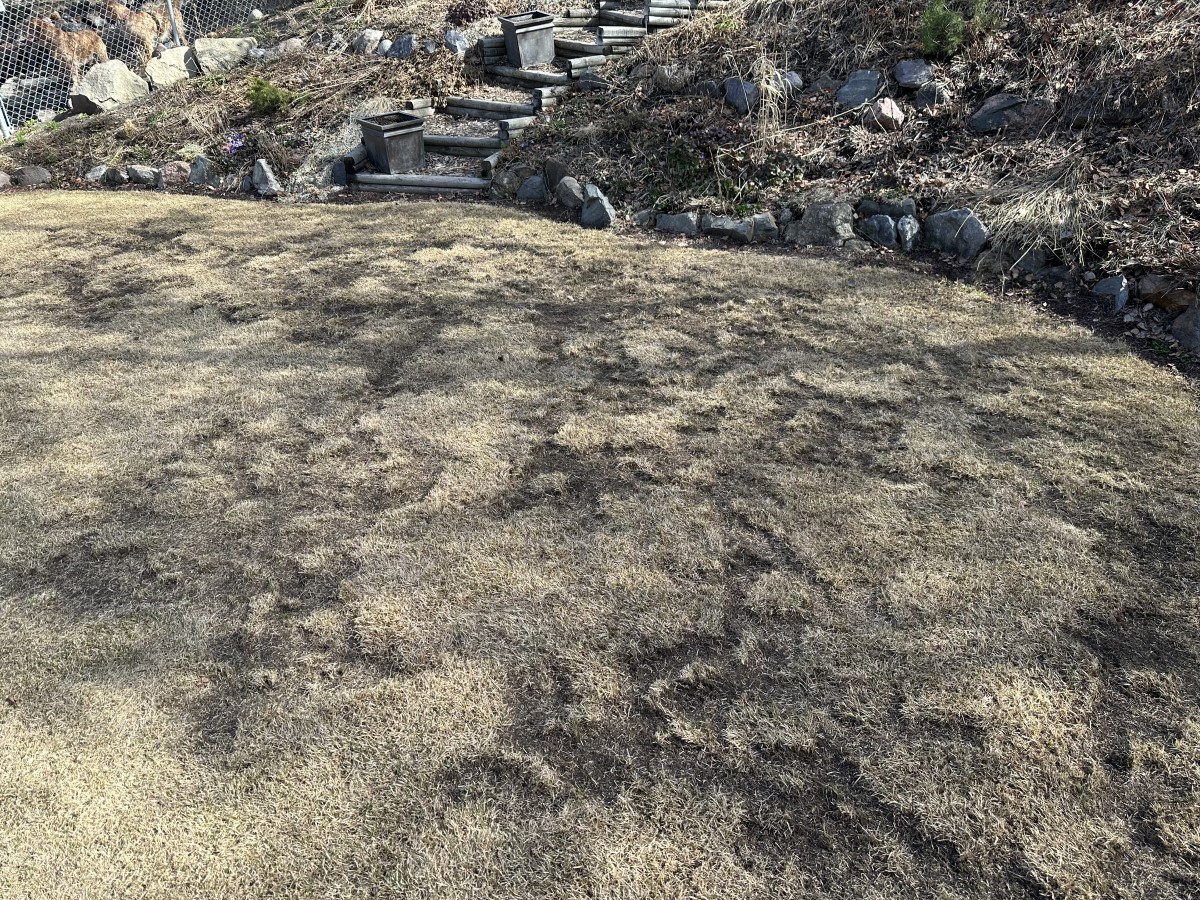The arrival of spring brings much hope and anticipation of warm temperatures, outdoor sports and leisure activities, abundant wildlife in the yard and garden, and pleasureful days in the sun. It may also bring a sense of dread as we wonder what lies beneath the melting snow on our lawns and in our gardens. Often is the case that when the snow recedes there is revealed a wasteland of damage and destruction wrought by voles.
There are eight species of vole in Alberta but the three main species are the Southern Red-backed Vole, Clethrionomys gapperi, the Western Heather Vole, Phenacomys intermedius, both located in mixed wood forests and Aspen parkland, and the Meadow Vole, Microtis pennsylvanicus, located in grasslands. These animals feed on berries, inner bark, seeds, grasses, and green vegetation. It is the winter damage that is most visible as it accumulates under the snow all winter long and is exposed in the spring in all its gory detail.
The voles are active through the winter, making little runways under the snow but above the ground. Evidence of this is often seen in spring in the form of pathways throughout the lawn. Shrubs and perennial plants also suffer from winter feeding, sometimes resulting in the death of small plants.
Most lawns will recover easily from the runway system of the voles. A good raking in the spring, ample water and some fertilizer will bring the lawn back into shape. Turfgrass is resilient and able to recover even when it looks like the entire lawn has been destroyed. If the crowns of the grass plants are still alive, then it will fill in over time. You can overseed in the worst-hit areas to speed along the recovery.
To prevent vole damage in the spring do not fertilise the lawn after mid-July. This will ensure the lawn goes dormant into the winter without excess green growth to serve as a food supply for the voles. Also, be sure to mow the lawn very short in the fall. This results in less material for voles to move about in under the snow. Dogs or small children that frequent the yard in winter will disturb voles under the snow, compact the snow so it does not serve as a good insulator, and disrupt the dens formed under the snow. If you do not have dogs or small children playing in the yard over winter, then get out and stomp around every once in a while. It will give you some exercise and you will know that you are preparing the yard for a healthy start in the spring.
